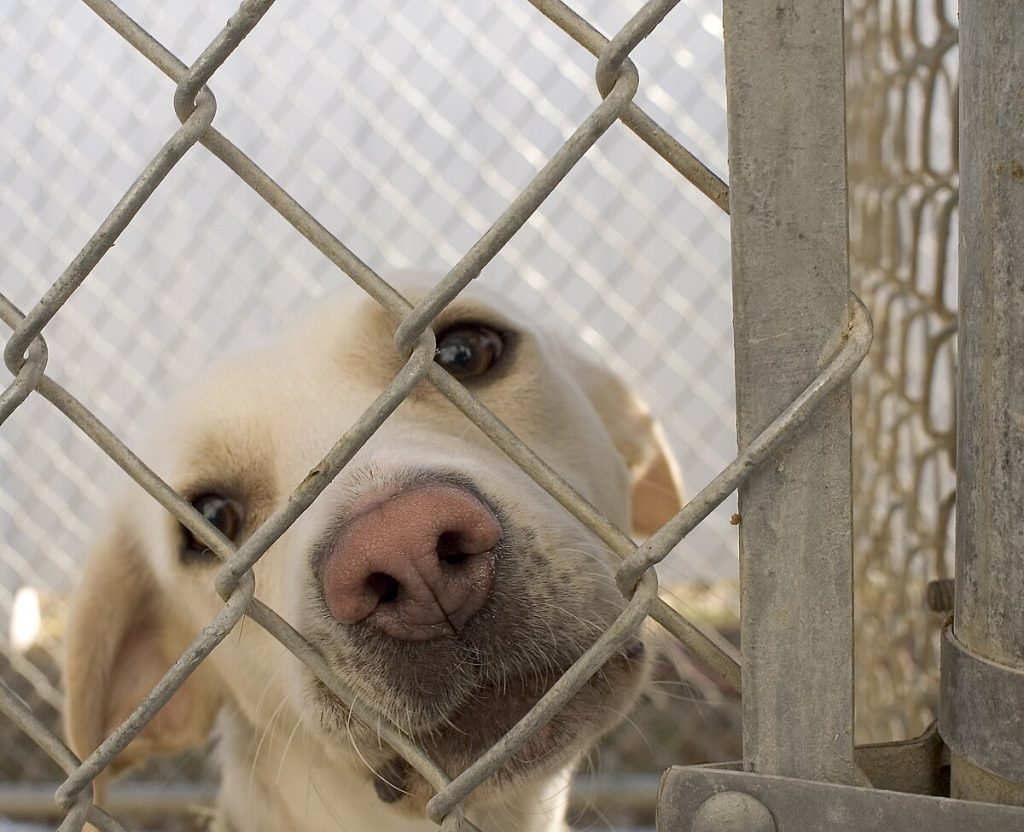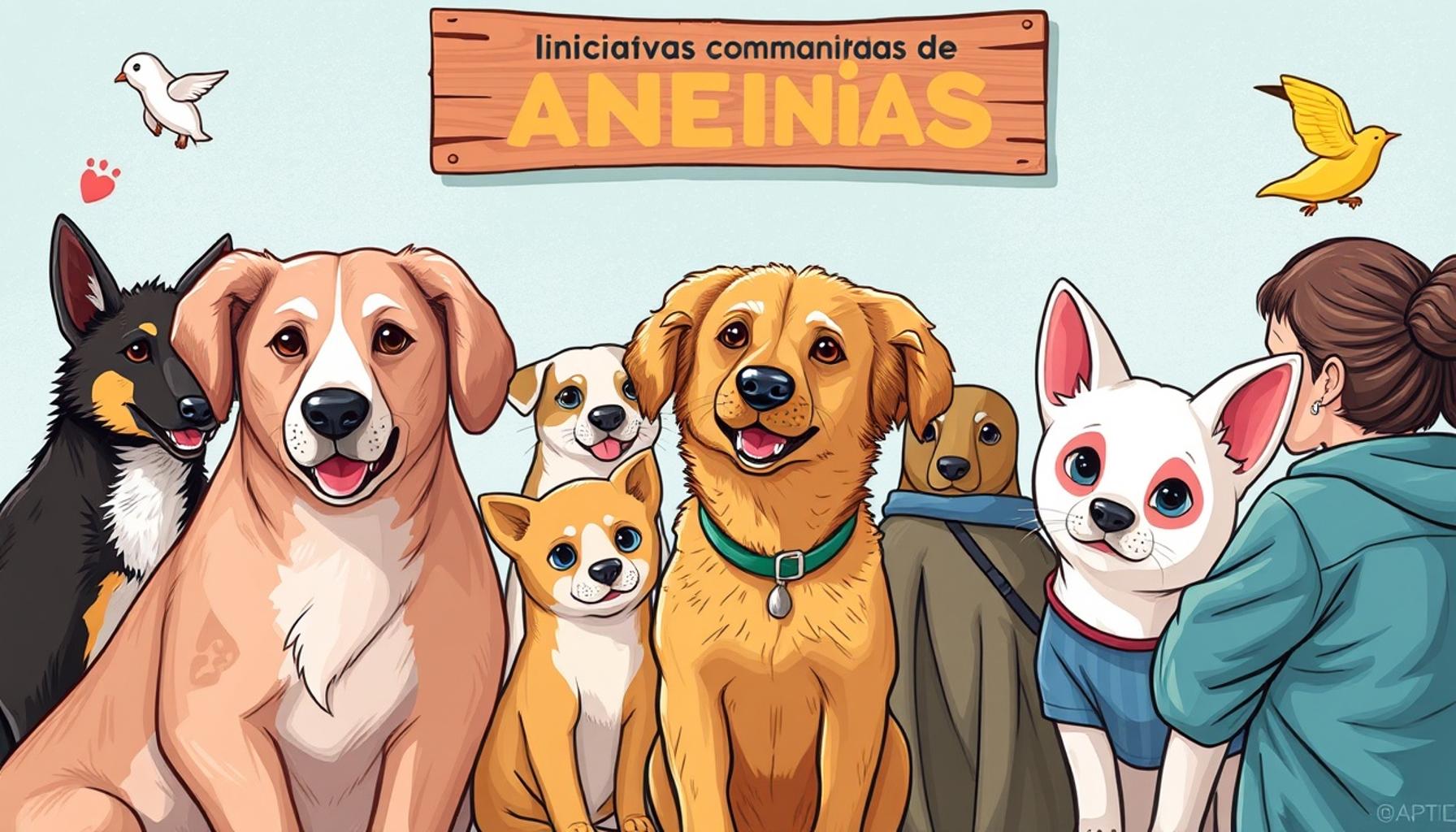Pet Adoption in Families with Children: Tips for Safe and Happy Integration

Creating a Harmonious Home with Pets and Kids
Bringing a pet into your family can be a rewarding experience, but it’s essential to ensure safe integration for both children and animals. The bond between kids and pets can enrich family life, providing lessons in empathy, responsibility, and unconditional love. A positive relationship can contribute significantly to the emotional development of children, instilling nurturing instincts and a sense of security.
However, this process requires careful consideration. Families must be aware of:
- Choosing the right pet: It’s vital to select a breed that meshes well with your family’s lifestyle. For instance, breeds like Golden Retrievers and Labrador Retrievers are renowned for their friendly demeanor and patience with children, making them excellent family pets. Conversely, more sensitive or high-energy animals may not thrive in chaotic environments popular among kids.
- Understanding pet behavior: Every pet communicates differently, and recognizing their body language can prevent misunderstandings. For children, learning to read signs of a pet’s comfort or distress can be pivotal. For example, a wagging tail generally suggests a happy dog, but when a dog tucks its tail, it might indicate fear or anxiety.
- Creating safe spaces: Designating specific areas for pets and children to coexist comfortably is crucial. A quiet corner with a cozy bed for the pet can serve as a retreat, while also teaching children the importance of respecting an animal’s space.
According to the American Society for the Prevention of Cruelty to Animals (ASPCA), families that adopt pets should consider the unique dynamics at play. In fact, adopting a pet can lead to:
- Improved emotional well-being: Studies show that interacting with pets can lower stress levels and boost overall happiness. In households where children interact with pets, there tends to be a noticeable decrease in feelings of loneliness and isolation.
- Instilled values: Caring for an animal nurtures responsibility in children. By involving them in feeding, grooming, and exercising their pets, kids learn essential life skills and the importance of commitment.
- Enhanced social skills: Interacting with pets can also bolster children’s confidence and social abilities. The unconditional love a pet provides can serve as a non-judgmental source of companionship, encouraging kids to express themselves freely.
In this article, we will explore actionable tips for safe and happy integration of pets in families with children. Emphasizing open communication, patience, and gradual introductions can smooth the transition. By understanding both the needs of your children and your new furry friend, you can create a joyful environment where everyone thrives. Ultimately, a harmonious home fosters a deeper connection among family members, enhancing both the human and animal experience.
DIVE DEEPER: Click here to learn effective socialization strategies

Preparing Your Family for a Pet
Paving the way for a smooth integration of a pet into your home begins with thorough preparation. It’s essential to gather the family together and discuss the responsibilities and commitments involved in pet ownership. This conversation should address everyone’s feelings and expectations, ensuring that both children and adults are on the same page. Encouraging kids to express their thoughts can help them feel more included in the process and help solidify their understanding of what it means to care for an animal.
Once the family has envisioned future interactions with a pet, consider the following steps to create an environment conducive to harmonious living:
- Educate on Responsibilities: Discuss what daily tasks come with having a pet, such as feeding, grooming, and exercising. Consider involving your children in these tasks, allowing them to feel a sense of ownership and pride in their contributions.
- Set Boundaries and Rules: Establishing clear rules about how children should interact with pets fosters a sense of safety for both parties. This includes no roughhousing, not disturbing a pet while it sleeps, and understanding when the pet wants to be left alone.
- Establish Routines: Pets thrive on routine, and incorporating your children’s schedules into the care of a pet can make it easier for everyone. Designate specific times for walks, feeding, and playtime, allowing kids to anticipate their responsibilities and the joy that comes from pet ownership.
- Gather Necessary Supplies: Before bringing a pet home, be sure to equip yourself with the essentials. Items like food and water bowls, leashes, toys, and a comfortable bed should be readily available to create a welcoming environment for your new companion.
Adopting a pet is not just about adding a furry member to the family; it involves a commitment to nurturing that bond daily. Understanding the emotional and physical needs of your chosen pet is essential in providing the best care possible while keeping safety in mind. Additionally, involving kids in the selection process might increase their enthusiasm for pet care, helping create a deeper bond with the animal.
Different pets have varying levels of energy and temperaments. For instance, more active breeds like Border Collies might be a poor fit for families with young toddlers, while calmer breeds such as Cavalier King Charles Spaniels may be more forgiving of unexpected, playful behavior. Consulting with breed-specific rescue organizations or animal shelters can provide insights into which pet would suit your family dynamic best.
Furthermore, early introduction techniques can help bridge any gaps in communication between children and pets. Supervised interactions are crucial, as they help establish trust and understanding. It’s vital for children to learn about the pet’s signals and boundaries during these initial meetings, ensuring both kids and pets feel comfortable as they get to know one another.
By taking these thoughtful steps, you create a solid foundation for the journey ahead, establishing an atmosphere where pets and children can flourish together, ultimately enriching the family experience.
| Category | Details |
|---|---|
| Choosing the Right Pet | When selecting a pet, consider compatibility with your children’s ages and activities. Smaller breeds may be more suitable for younger children. |
| Introducing Pets to Kids | Teach children how to approach and interact with pets gently to ensure a safe and positive experience for both. |
| Creating a Safe Environment | Establish boundaries within the home, such as pet-free zones, to help children and pets feel secure. |
| Training and Socializing | Invest time in obedience training; a well-trained pet is happier around children, and vice versa. |
Integrating pets into families with children can be a rewarding journey. Understanding the temperament of both the child and the pet is crucial. For example, dogs often display affection differently than cats, which might take their time in warming up to children. In addition, engaging kids in the pet care routines can strengthen their bond, teaching them responsibility while ensuring the pet feels loved and appreciated. Activities such as feeding, walking, and playing are not only fun but also crucial for building a harmonious household dynamic.
DISCOVER MORE: Click here to enhance your pet’s health journey
Creating a Safe Space for Pets and Children
Once a pet has joined your family, establishing a safe environment is paramount to fostering positive interactions between your children and their new furry friend. The integration process can be exciting, but families must remain vigilant and proactive in creating a harmonious atmosphere.
Designate Pet-Free Zones: To provide pets with a safe refuge and allow them to adjust quietly to their new environment, consider establishing pet-free zones within your home. Areas where pets are not allowed can include bedrooms or certain play areas that are solely reserved for children’s activities. This strategy not only helps to shield pets from overwhelming stimulation but also teaches children the importance of respecting boundaries.
Monitoring Interactions: Close supervision is crucial during the initial interactions between pets and children, particularly with younger kids who may not yet understand how to be gentle. Creating shared moments can enrich relationships, but it’s essential to intervene quickly if a child is too boisterous or a pet seems uncomfortable. Supervising these interactions helps children learn appropriate behaviors while promoting a sense of safety for both the pet and the kids.
- Teach Empathy and Compassion: This is an ideal opportunity to instill values of empathy and compassion in your children. Explain how pets express their feelings and needs. For instance, if a dog is wagging its tail, it may be happy, while a cat’s flattened ears could indicate fear or discomfort. Guiding your children to recognize these cues promotes a healthy bond between them and their pet.
- Handling the Unexpected: Be prepared for the possibility of minor accidents, such as a pet swatting at a child’s hand or a playful nipping. Teaching your children what to do in these situations underscores the reality of pet ownership. Encourage them to speak calmly to the pet, give it space, and report any incidents to an adult, reinforcing safe interaction protocols.
Socialization and Training: Both pets and children benefit immensely from socialization. Taking your pet to places where they can interact with other pets and people (like parks or dog-friendly events) exposes them to new experiences. For children, it offers a great chance to learn the dos and don’ts of socializing with animals. Engaging in basic training can structure these interactions and build strong communication skills between the pet and child, reducing the likelihood of mishaps.
Consider enrolling in pet training classes that welcome families. This can be a delightful way for both pets and kids to learn together, forming a stronger bond. For example, teaching commands like “sit,” “stay,” and “gentle” can create a fun environment of cooperation and shared learning.
Incorporate Daily Activities: Involving children in daily routines, like grooming, feeding, and walks, reinforces responsibility while encouraging regular interaction with the pet. Make these tasks engaging; for instance, children can assist with picking up the pet’s toys or helping to prepare meals (under supervision). This not only fosters a sense of belonging but also cultivates a nurturing relationship that can flourish over time.
As families explore the joys of pet ownership together, understanding the unique dynamics involved is crucial. Engaging children in adopting a pet transforms the experience into a beautiful, educational journey, ensuring a fulfilling life for both pets and their young caretakers.
DIVE DEEPER: Click here to discover the emotional and social benefits of pet adoption
Conclusion
Integrating a pet into families with children is not just about adding a new member to the household; it is an enriching journey that fosters growth, empathy, and responsibility for both pets and kids. By adhering to the tips outlined, families can create a safe and joyful environment where pets and children coexist harmoniously. Establishing clear boundaries, closely monitoring interactions, and teaching children the nuances of pet behavior are essential steps in cultivating a respectful relationship between the two.
The incorporation of daily activities such as feeding, grooming, and exercising not only reinforces responsibility but also nurtures a bond that can lead to a lifetime of love and companionship. Additionally, family-oriented pet training classes can enhance communication skills and deepen the connection between children and their new furry friends. These experiences serve as valuable teaching moments that foster empathy and compassion—qualities that will benefit children in all areas of their lives.
As your family embarks on this delightful adventure, stay mindful of the ongoing needs of both pets and children. The key to success lies in preparation, patience, and understanding. By ensuring that every member of the family, human or animal, feels valued and secure, you pave the way for a fulfilling life experience where love and joy flourish. Ultimately, the journey of pet adoption in families with children is a transformative one, offering an abundance of unforgettable memories and lessons that will last a lifetime.


